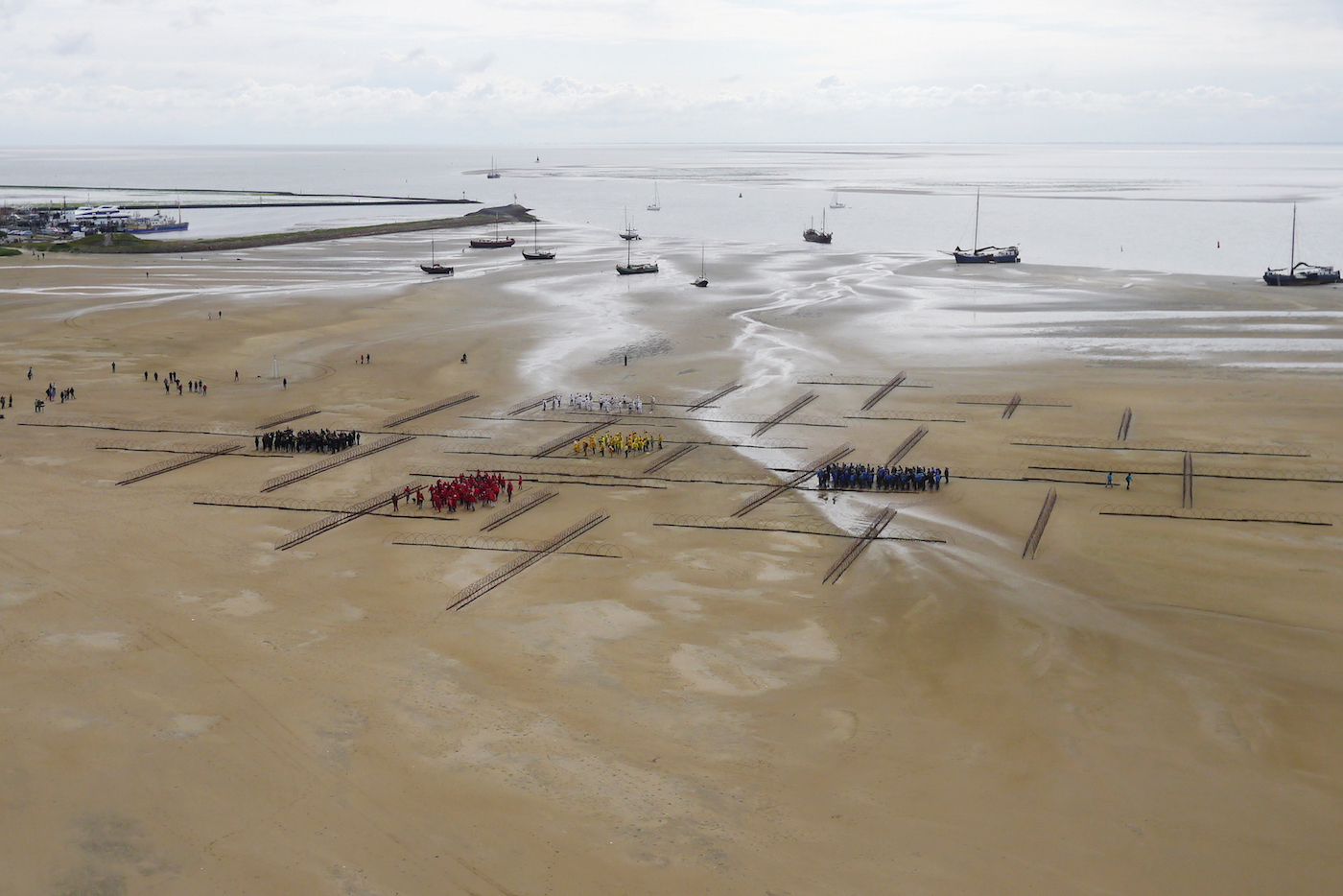In 2018 Sense of Place presented two exhibitions, both of which opened at venues in Leeuwarden.
At the city’s Aegon building and the De Kanselarij ‘open community’.
In the courtyard of the Aegon building a striking work of art was realized by Sense of Place. In Waterpanorama, the visitor was surrounded by the Wadden area.
An impressive circular structure, 3 meters high (at about the actual height of the Wadden), with a diameter of 20 meters was designed by Alex van de Beld.
An architectural installation where the public can walk through and climb into. On the raised stage you do not find yourself in a literal landscape, but in an abstract view of ebb and flow and the continuous movement of the area. The actual panorama is made by artists Irem Kaneli en Stijn Smit. With mud clay! De amazing soundscape is by Tristan Visser.
Exhibition dates: 12.04.2018 – 25.11.2018
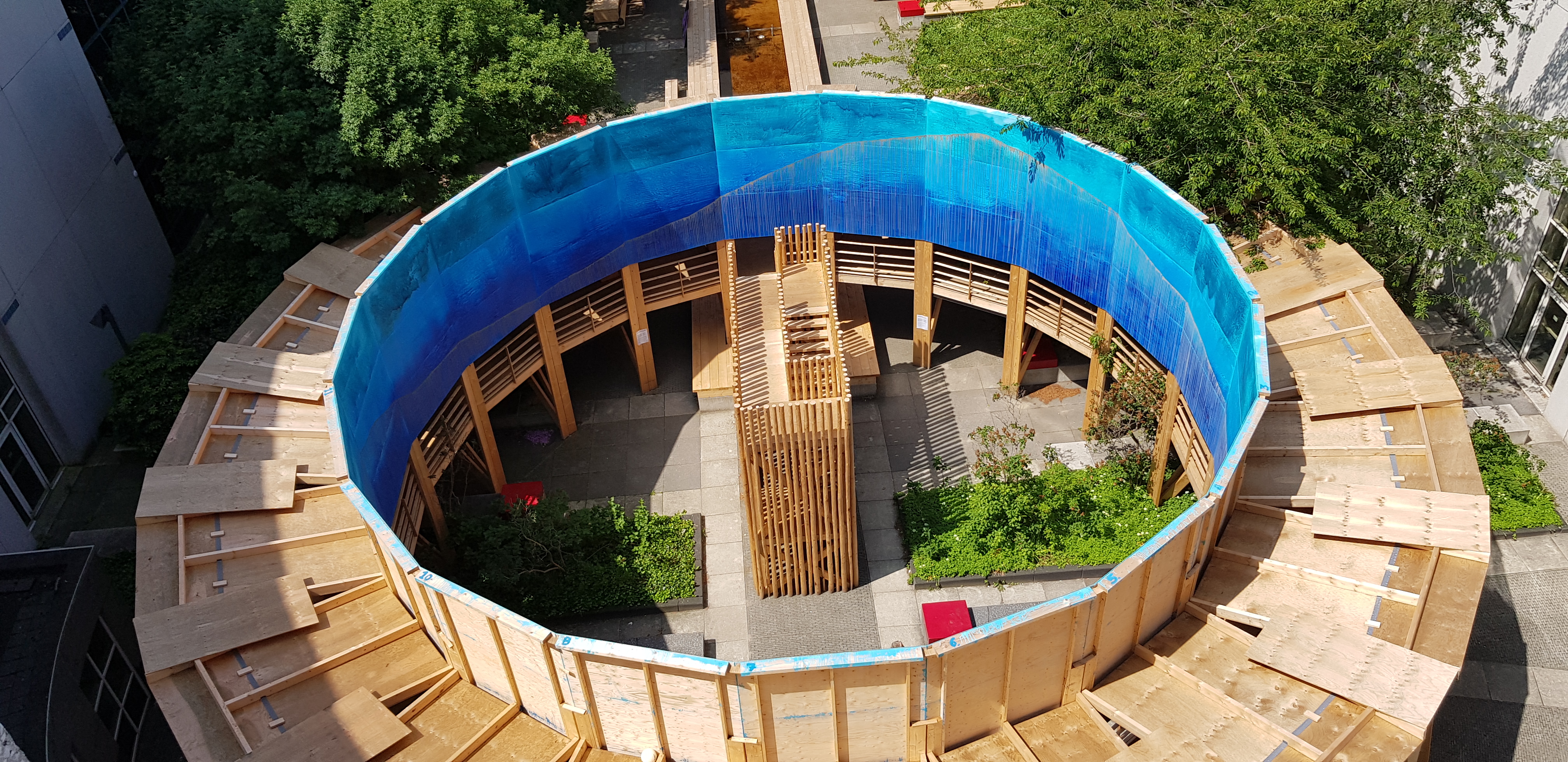
‘Windwork’ is an installation where human actions and forces of nature captivatingly meet each other. Inspired by the metamorphose-drawings by M.C. Escher the geometric landscape of marram grass fields slowly transforms into a dune landscape with natural shapes. With the wind being the most important driving source.
A project, in which research and innovational landscape provides new insides into dune formation and dynamic coastal management. For more information: slem.org
Location
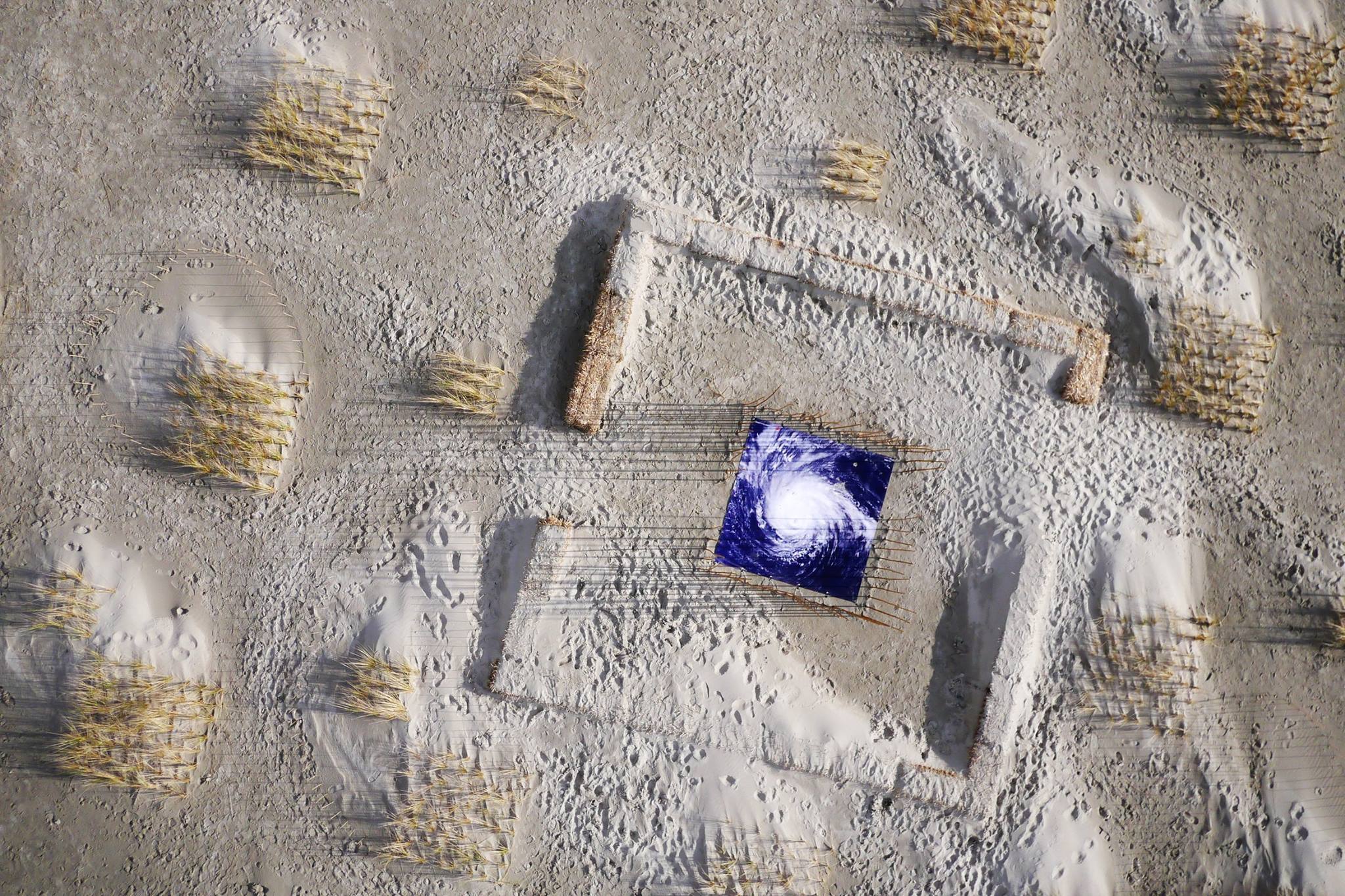
Hoarizonbreed en himelheech is it libben yn Blije.
In the autumn of 2018, Sense of Place, in collaboration with the village of Blije, took visitors along the Wadden coast. With Blije as a stage, ‘Leven onder aan de dijk’ (Living at the bottom of the dike) showed how men and the sea have been evenly matched for centuries. On the one hand, the sea as lord and master, on the other hand, men building a life on gained land.
How did people live along the beautiful but inexorable Wadden coast centuries ago? What can the residents tell us about contemporary life at the bottom of the dike? And what does the future look like according to the experts? With a charming program containing exhibitions and lectures on the development of landscape, climate change etc. ‘Life at the bottom of the dike’ offered something for everyone and people learned more about this beautiful piece of Fryslân.
Location: Blije
Date: November 2018
Leven onder aan de dijk was made possible by:
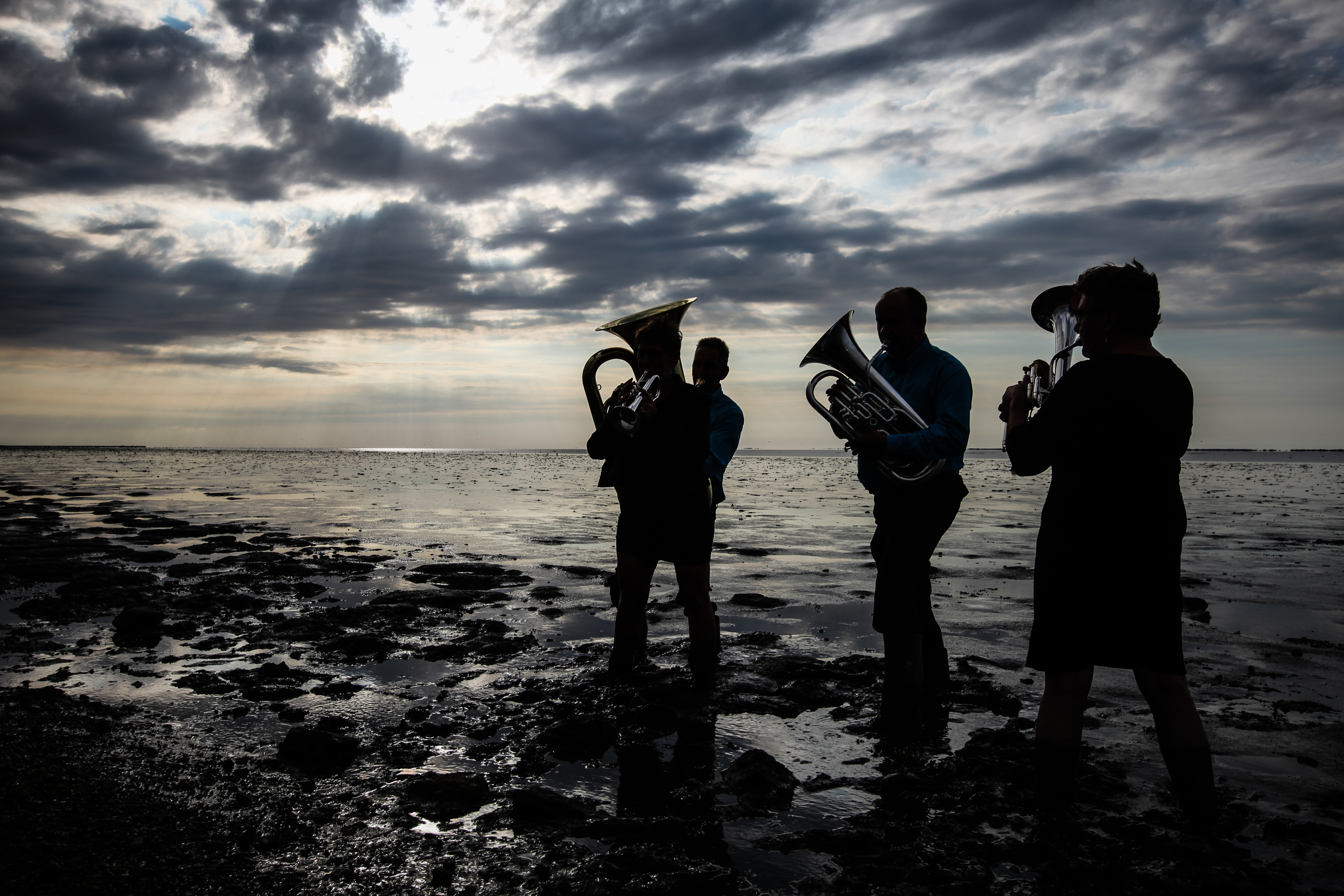
Kerend Tij (Turning Tide)
In 2018 Sense of Place presented two new exhibitions, both of which opened at venues in Leeuwarden. At the city’s Aegon building and the De Kanselarij ‘open community’.
Be amazed by the dynamics of the tide in ‘de Waddenkelder’ (the Wadden Basement): Bare feet in the sand you will experience the cycle of the tide in one minute. An ode to the Wadden Sea: slums, sandbanks, mudflats, beaches and dunes. A dynamic landscape, constantly in motion.
Unique in the world and from 2009 a Unesco World Heritage site.
The Wadden Sea has always been influenced by man. Places of Hope is a wonderful stage for the innovative Sense of Place projects. These projects make it possible to experience the dynamics of the Wadden Sea and its beauty and poetry even more intensely. The projects respect culture and nature and tell the story of the location and the landscape. They give the place extra appeal and meaning: a Sense of Place.
In the Wadden Basement you become aware of the vulnerability, the beauty and the unique character of the ever-changing Wadden Sea landscape.
This project was made possible by ‘Programma naar een Rijke Waddenzee’, the municipality of Leeuwarden and Leeuwarden-Fryslân 2018.
Bruno Doedens (1959) studied at ‘de Academie van Bouwkunst’ in Amsterdam, specialising in Landscape architecture. In 1990 he wins the ‘basisprijs Prix de Rome’ – Landscape architecture. Together with Maike van Stiphout he starts bureau DS in 1993. They win the international contest for designing two parcs at the Potzdamer Platz in Berlin. Both have been realised. In 2005 Doedens continues on his own, from 2007 as initiator and artistic director of Slem. Besides expertise and crafts, the focus in all his projects lies on illusions. The fascination to ‘make the impossible possible’, or ‘to turn water into wine’, and the focus on the long term and the social and cultural values, predominate.
For more information: Bruno Doedens
Exhibition dates: from 04.04.2018 to 25.11.2018
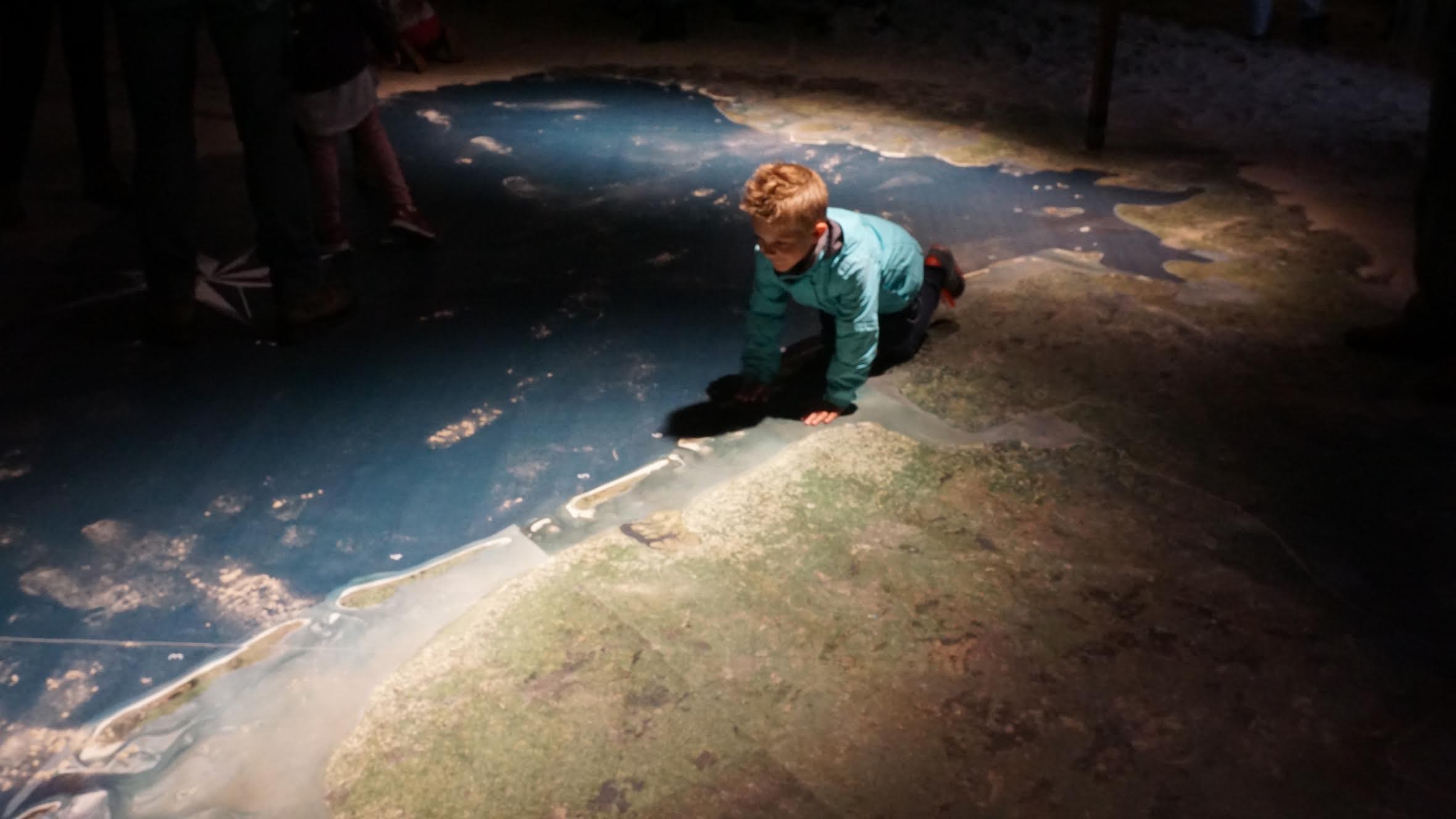
We wolle ús klaai werom (‘we want our clay back’). Few people are aware that a large number of the nearly thousand mounds (terpen) found in Friesland province at one time have been excavated, with the clay being used to enrich the peat soil and sandy soil in more economically disadvantaged areas. Although canals were dug, railway lines installed, and so on, the episode – which involved a massive operation – is barely a footnote in local history books. In order to revive this part of the province’s history, researchers are attempting to establish what happened to the clay, and the local population has been symbolically reclaiming the clay by sourcing it from different areas.
The village of Blije is currently investigating the building of the Terp fan de Takomst (‘Mound of the Future’). In the autumn of 2018, towards the end of year in which Leeuwarden and Friesland are the Cultural Capital of Europe, the village requested all villages and farmers from the North of the Netherlands to return a small shovel or wheelbarrow filled with the ‘relocated’ clay to the village of Blije. This will then be used to ‘plant’ the Terp fan de Takomst, a safe new meeting place outside the dike. The return of the clay was commemorated in a special way.
We wolle ús klaai werom was a one-day event designed to raise awareness of the rich history of the Frisian landscape.
Exhibition date: 17.11.2018

Het Bildt wheat fields art project.
Picture this: summer 2018, wheat fields rippling in the wind in het Bildt; the clay land along the Frisian Waddendijk dike. The sight of drawings by several Bildt-based artists carved into the local wheat fields is nothing short of spectacular on this agricultural land, traversed by the straight lines of dikes, waterways and ditches. A long-time resident of het Bildt, artist Henk Rusman, who conceived the project, creates massive statues of steel and stone patterned on the local scenery. When the artist gazed out across the wheat fields one summer, he had the ingenious idea of creating ‘art in the wheat’. We previously got a taste of this style in 2017, when he and fellow artist Marco Goldenbeld created a work of art inspired by Escher’s ‘impossible cube’. For the 2018 project, Rusman invited several artists from het Bildt to supply designs for his ‘Art in the Wheat Fields’ project. The works were displayed during the Bildtse Aardappel weken (Bildtse Potato Weeks) in 2018.
Born in Hillegom in South Holland province, Henk Rusman attended the Stadsacademie and Jan van Eijck academie, two art colleges located in Maastricht in Limburg province. A long-time resident of het Bildt and renowned in the Netherlands and beyond for his larger-than-life works, he received the Bildtse Kultuurprijs, an award acknowledging contributions to local culture, in 1993.
Date: 21st of June – 5th of August 2018
Location: Between Oude Bildtzijl (Oude Bildtdijk nr. 14) en De Westhoek (Oude Bildtdijk nr 1018) / Ferris wheel: Stadhoudersweg Nij Altoenae.
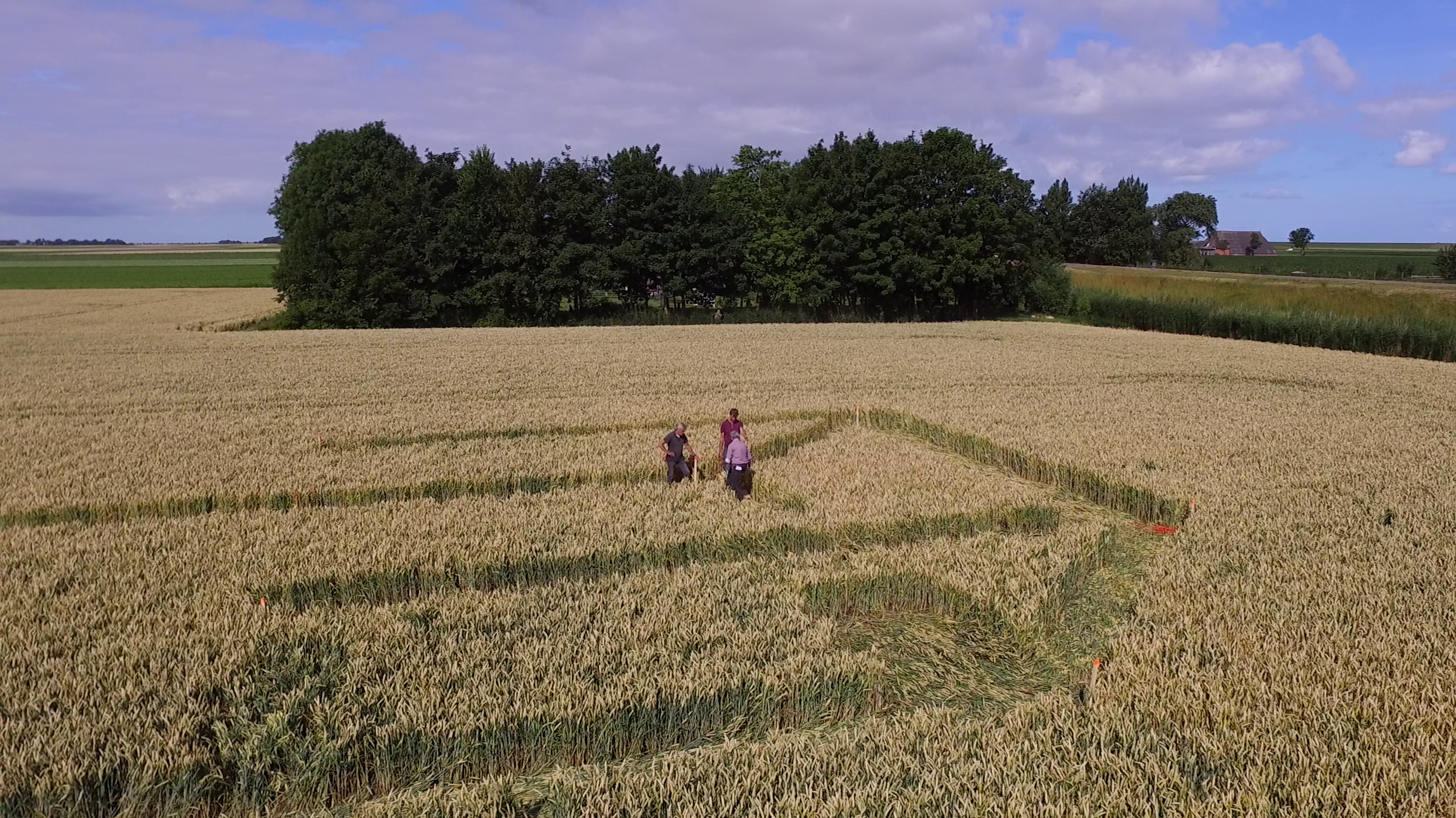
For Oerol 2014, a ‘Mondrians Labyrint’ of one hundred fifty by one hundred fifty meters of willows was built on the Noordsvaarder to turn the process of salt marsh formation into an artistic experience. Only because of the dedication of two hundred fifty students from seven different study programs, and numerous volunteers, this ‘Mondriaans-Labyrint’ was realized during a workshop of 6 weekends.
The reason for drawing attention to the salt marsh formation process were the plans of the municipality of Terschelling for the construction of a new salt marsh, Striep-kwelder.
An outer dike area on the south side of Terschelling. In consultation with Oerol, Bruno Doedens made the design for this. The Wadland Labyrinth is a scale model that aims to clarify the salt marsh formation process to a wide audience and is an initiative from Cultural Landscape Development. Wadland was conceived and developed by Bruno Doedens (SLeM) and Machiel Spaan (M3H). Wadland stayed for four months so that the beginning of the salt marsh formation process could actually be observed.
